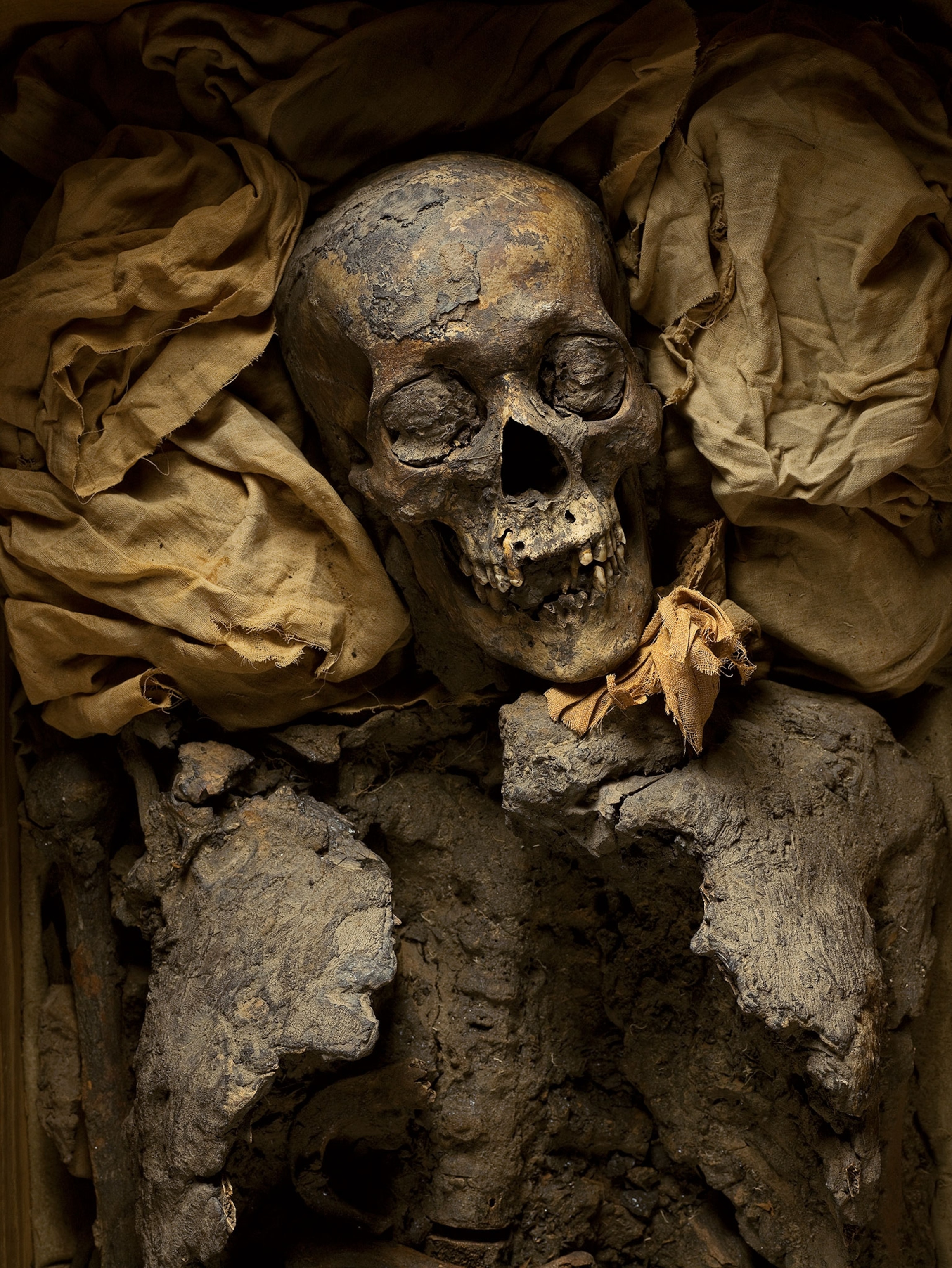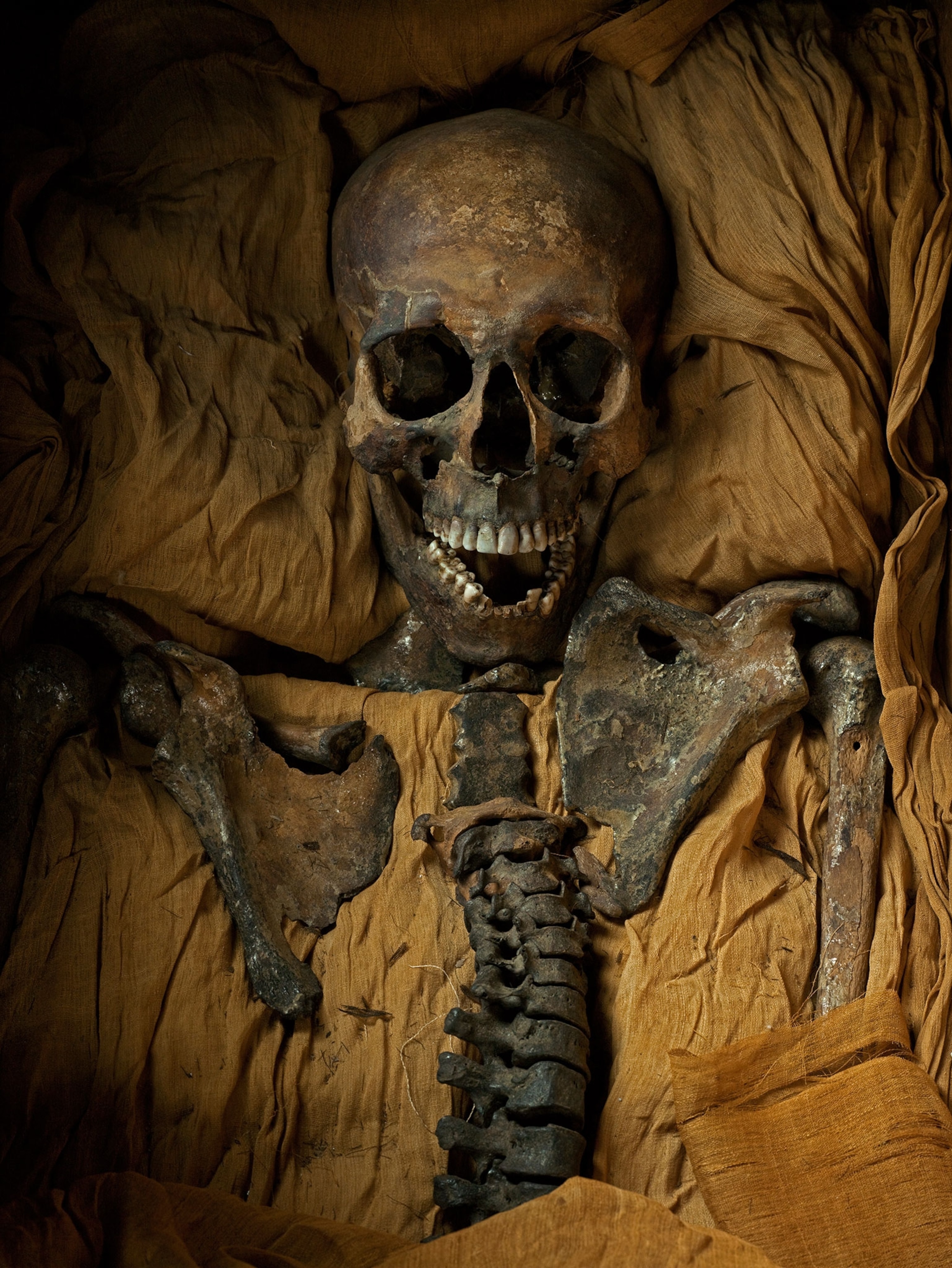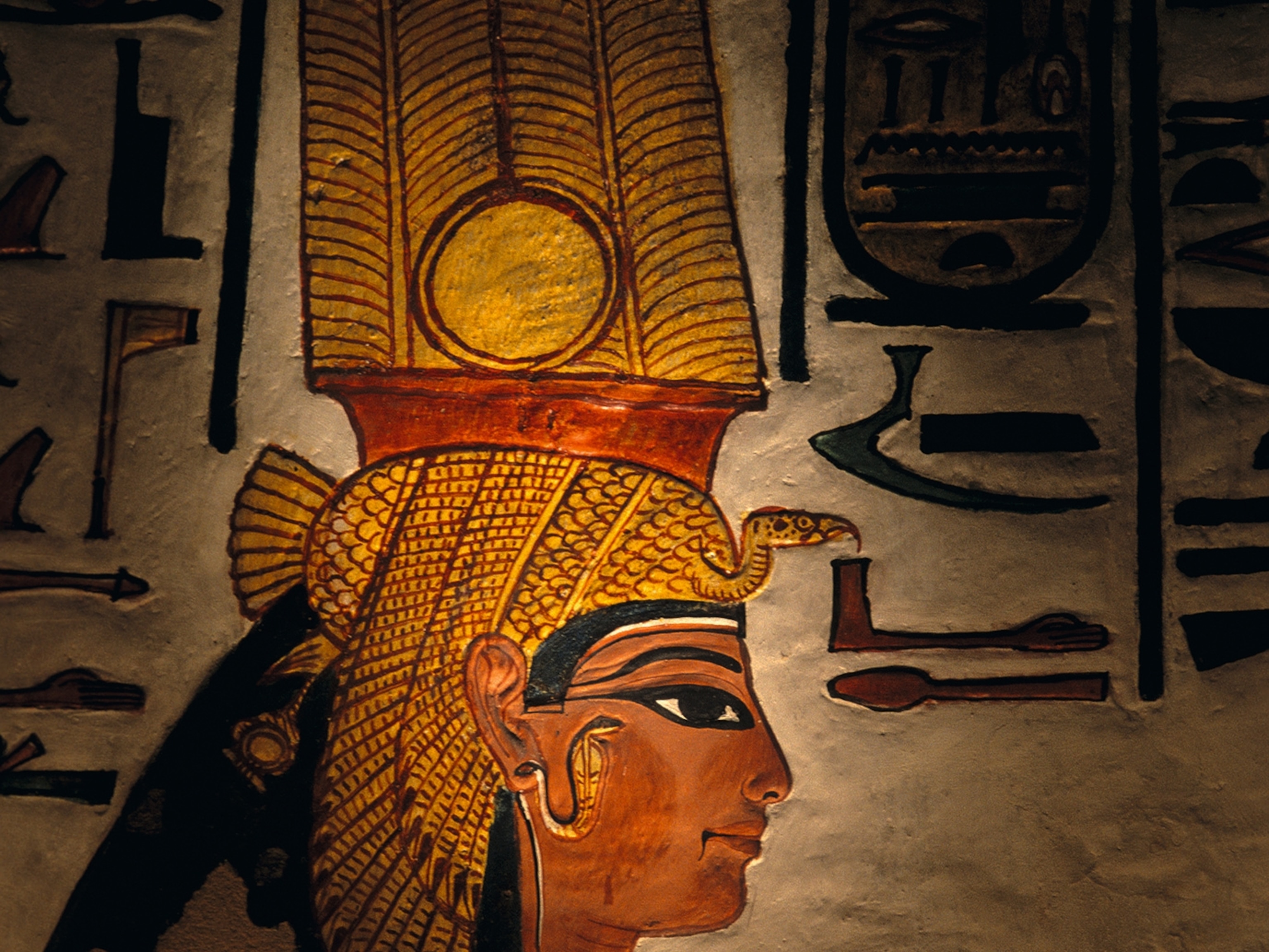Photo Album: King Tut, Queen Nefertiti, and One Tangled Family Tree
Archaeologists investigating the famous pharaoh’s tomb confront the mystery of his missing stepmother—Nefertiti.
If the new investigations into King Tut's tomb reveal hidden rooms, could those chambers hold the burial of Nefertiti, the long-lost queen who is doubly connected to the teenage pharaoh? If so, they might add one more mummy to his intriguingly interwoven family ties.
More than a century of excavations in and around Egypt’s Valley of the Kings has revealed 64 tombs and other related chambers. The treasure-filled burial of King Tutankhamun, known now as KV62, is by far the most famous. But many other royal tombs and mummies from ancient Egypt's 18th and 19th Dynasties have also come to light.
(Read: "Mystery of King Tut's Death Solved? Maybe Not")
Beginning in 2007, Egyptian scientists conducted genetic tests on 16 royal mummies. The ones pictured here were identified as Tut's near and dear—his grandparents, his parents, his wife, and two mummified fetuses who were found in his tomb and were most likely his daughters.
But there's one legendary royal mummy from this period who’s missing, and whose name pops up every time there's a new discovery in this royal cemetery—the beautiful Queen Nefertiti. She was the principal wife of Akhenaten, Tut's father. Tut's mother was a different wife, whose name we don't know. That makes Nefertiti Tut's stepmother.
(Read about skepticism toward claims of finding Nefertiti's tomb.)
Tut's family ties are further complicated by the royal custom of incest during this period. Tut married his half sister Ankhesenamun, a daughter of Nefertiti and Akhenaten. And that makes Nefertiti his mother-in-law.












